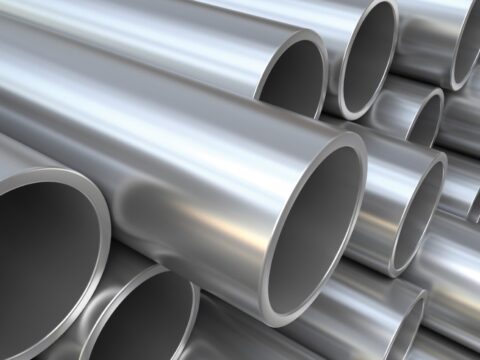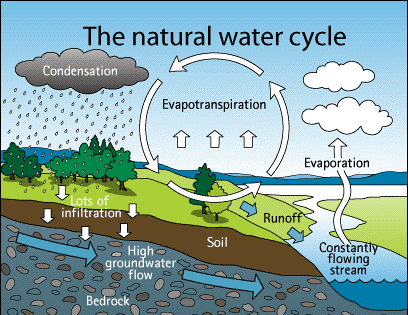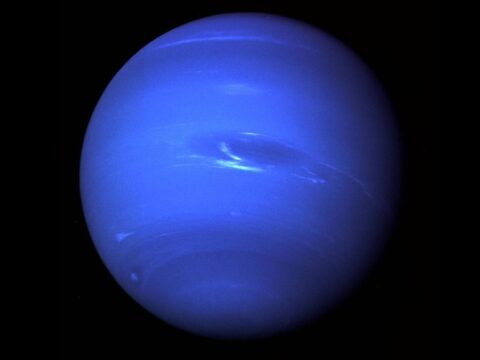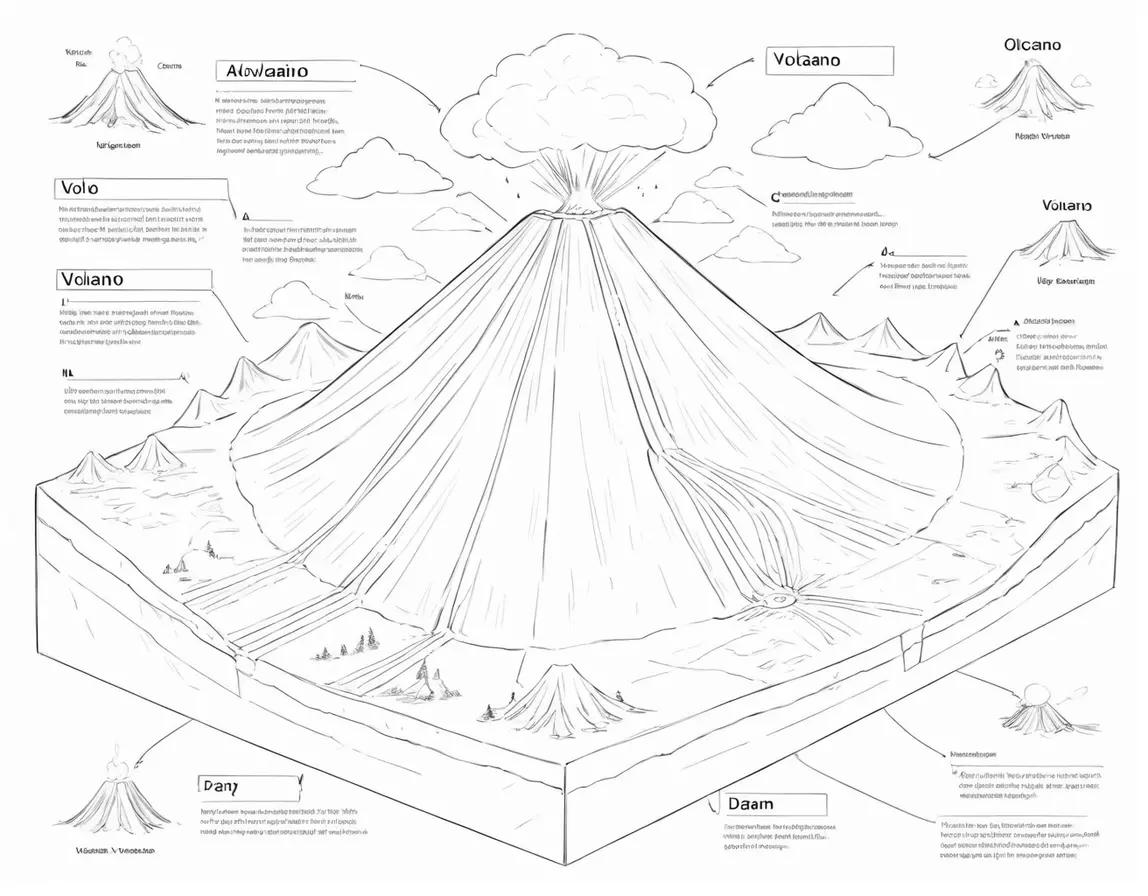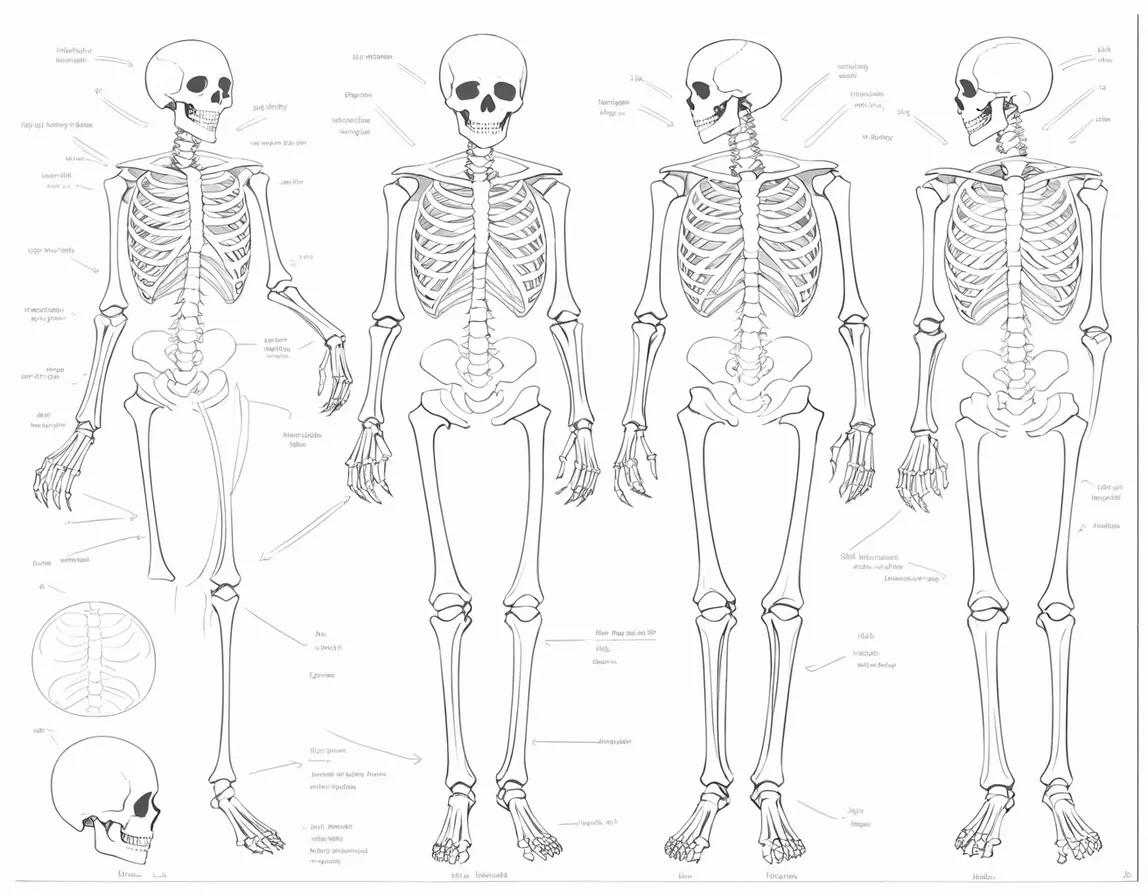
The coast is a stretch of land that borders the sea. It is always changing and diversified because constant wave motion implies that nothing can remain the same for long. Breakers destroy cliff sides, and sand is constantly transported up and down the beach. Even on a peaceful, quiet day, the slightest ripple across a beach can alter the coastline.
Waves
The interaction of the wind and waves shapes the coastline. The wind creates energy in waves far out at sea, and this energy then breaks on the shore, molding the coastline in unexpected ways. There are two kinds of waves: constructive and destructive. A constructive wave is a powerful upward rush of water, also known as a swash, that transports sand and stones up the beach. A damaging wave is one that has a weak swash but a powerful reverse rush that sweeps the sand and gravel out to sea. Waves hit the beach from either side and return at a right angle, causing a zigzag motion that carries sand and gravel along the shore.
Transport and deposition
The tides’ ebb and flow build depositional landforms including narrow spits, offshore bars and tombolos, cuspate forelands, and sand dunes. Sediment from filthy rivers and streams keeps the coastal development process going. The sediment transportation process involves four major processes:
Sediment transportation
Solution: Substances get dissolved and moved along in the water.
Saltation: Larger particles are too heavy to be moved, so they are bounced along the sea floor
Suspension: This is where very fine material is carried along in the water.
Traction: Very large particles are pushed along the sea bed by the force of the water.
The transportation of sediment along the shore is known as longshore drift.
Erosion
The relentless hammering of waves wears away at the cliff’s base, forming platforms and crumbling chunks of rock into the sea. This is referred to as mass movement. When the strong rock breaks away, the waves scoop out the weaker clays left behind, forming a bay or cove. Headlands arise where the coastline breaks on either side. This results in stacks and stumps.
The waves degrade the seashore in many ways:
Erosion of the coast
When waves crash into the cliff, the air in the fissures is compressed. The pressure created by this action fractures rock fragments.
Attrition occurs when pieces of rock in the water collide and split into smaller pieces.
Abrasion occurs when waves transport rock and silt, bashing and grinding against rocks and cliffs. This removes debris and smoothes the surface.
Corrosion occurs when soluble rocks are gradually dissolved by seawater.
Weathering
Sub-aerial (land-based) processes, in addition to maritime forces, help to shape the coast. These are divided into weathering, which is the progressive breakdown of rocks in situ, and mass movement, which is the flow of material downslope via gravity.
Coastal eco-systems
The continuous supply of building materials to the littoral zone (the region of shoreline from the sea to the land) via the coastal system (which has inputs, outputs, stores, and transfers) is how this ever-changing coastal environment is achieved. The coastline can be classed based on its creation process (primary and secondary), sea-level changes (submergent and emergent), or plate activity (primary and secondary).
Depending on whether the waves are high or low energy, the coast can range from steep cliffed (rocky coastline) to comparatively flat (coastal plain). The geological structure of a coast has a significant impact on its form (for example, strata, the varied layering of rocks) and erosion rates.
Structure
Rapid coastal erosion is driven by geological reasons such as lithology (soft rock type, weak cohesive bonding, and porous rocks), as well as marine elements that swiftly remove collapsed sediment, allowing erosion to restart.
Long-term sea-level changes occur as a result of a complex interplay of eustatic (the rise and fall of sea levels caused by the ice age), tectonic (where land sinks or rises due to changes at tectonic plate boundaries), and isostatic (where land sinks or rises due to changes at tectonic plate boundaries) (these refer to changes in the level of the land which is also influenced by the ice age).
Coastal Engineering and Management
The sediment cells are disrupted by coastal management (such as hard and soft engineering). Human action, such as the construction of large dams or dredging along the shore, disrupts the sediment cell’s operation. This has the potential to accelerate coastal recession. Where the coast has degraded, economic and social challenges arise.
Flooding along the coast
Coastal flooding is primarily a natural occurrence. Human influences on the coastal environment, on the other hand, can worsen this. Engineered coastal protection structures, such as a seawall, change the natural processes of the beach, frequently causing erosion on an adjacent length of the shore, increasing the risk of floods. Changes in sea level and harsh weather caused by climate change have increased the intensity and frequency of coastal flooding.


